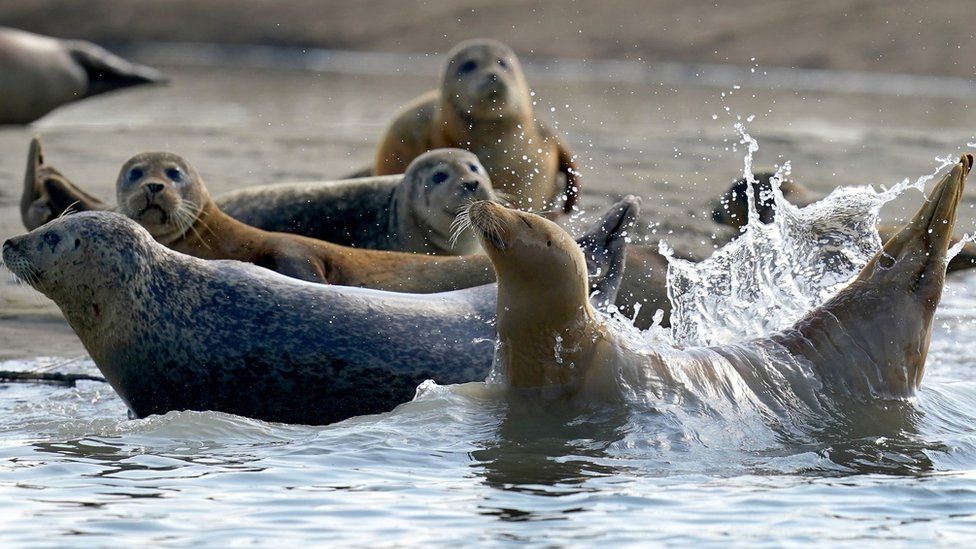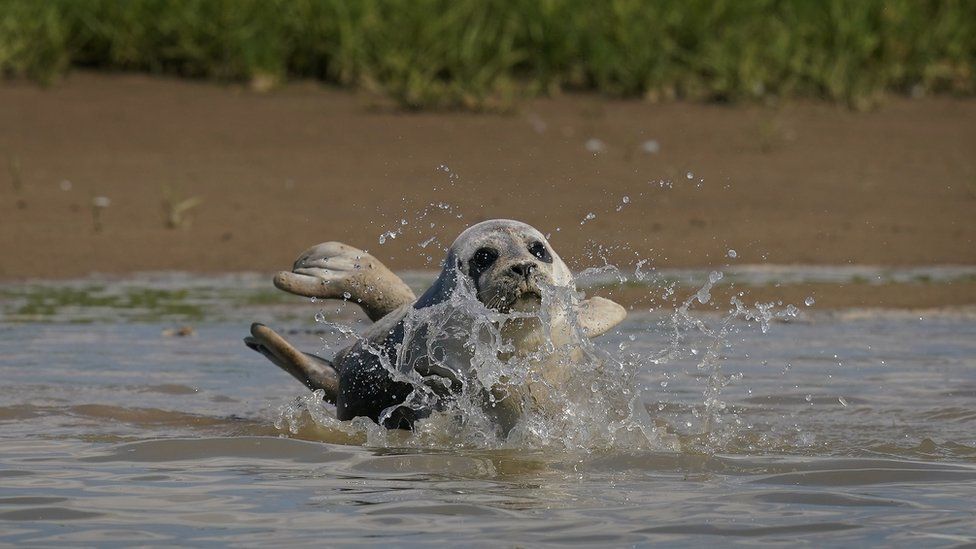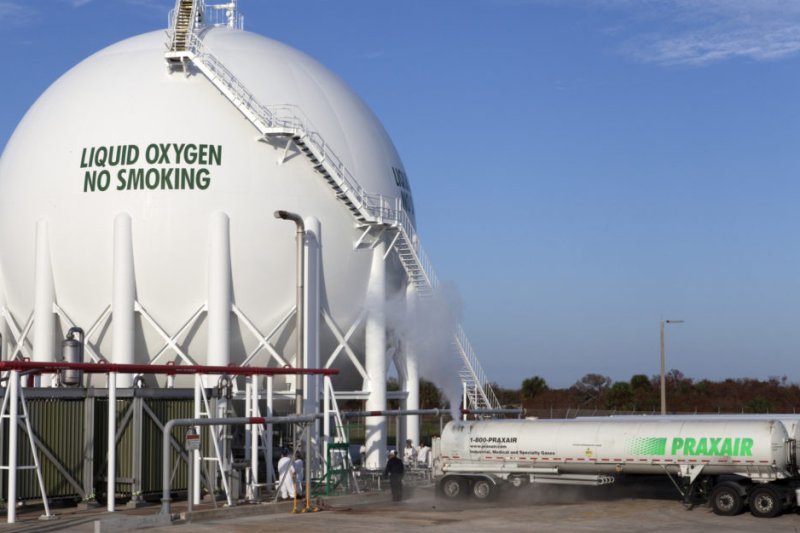
Canadian Prime Minister Justin Trudeau has been hit by gravel thrown by protesters during a campaign stop.
He was returning to his bus after visiting a brewery when he was pelted by gravel. He was not injured.
Mr Trudeau called a snap election in mid-August, in the hope of gaining a majority government for his left-of-centre Liberal party.
But his campaign has been disrupted by demonstrations against Covid-19 vaccine mandates and other restrictions.
Just over a week ago, the prime minister was forced to cancel an election rally after a crowd of angry protesters ambushed the event.
Speaking to journalists on his campaign plane after the incident in London, Ontario, Mr Trudeau said he may have been hit on the shoulder.
According to a reporter with Canada's CTV National News, two people travelling on a media bus were also hit by the gravel, although they were not injured.
Erin O'Toole, the leader of the opposition Conservative Party, described the incident as "disgusting".
"Political violence is never justified and our media must be free from intimidation, harassment, and violence," he tweeted.
Mr Trudeau's plans for vaccine mandates have become a a key issue ahead of the 20 September election.
Last month, the government announced that all civil servants - including workers in federally regulated sectors, like rail - must be vaccinated by the end of October or risk losing their jobs.
Commercial air, cruise and interprovincial train passengers must also be vaccinated to travel.
Canada has one of the highest Covid vaccination rates in the world.
Protests dogging Canadian prime ministers is not a new phenomenon - and many prime ministers, including Mr Trudeau, have faced security threats.
Still, journalists covering the Liberal campaign say the anti-vaccine protest mobs following Mr Trudeau are more chaotic and sustained than they've seen in the past.
For his part, the Liberal leader says he won't back down against what he calls a "small fringe element" of Canadian society.
He also brushed off the latest altercation, comparing it to an incident a few years ago where a woman hurled pumpkin seeds his way.
Other politicians on the campaign trail have condemned the protesters' behaviour and, in some cases, have spoken out about the vitriol they have personally experienced both online and in-person.
Anti-vaccination protestors aren't only targeting politicians.
Sometimes raucous protests have been taking place outside Canadian hospitals as provinces including Quebec and Ontario move to implement vaccine passports which limit access to places like restaurants, sports venues, and gyms to those who have been vaccinated.












